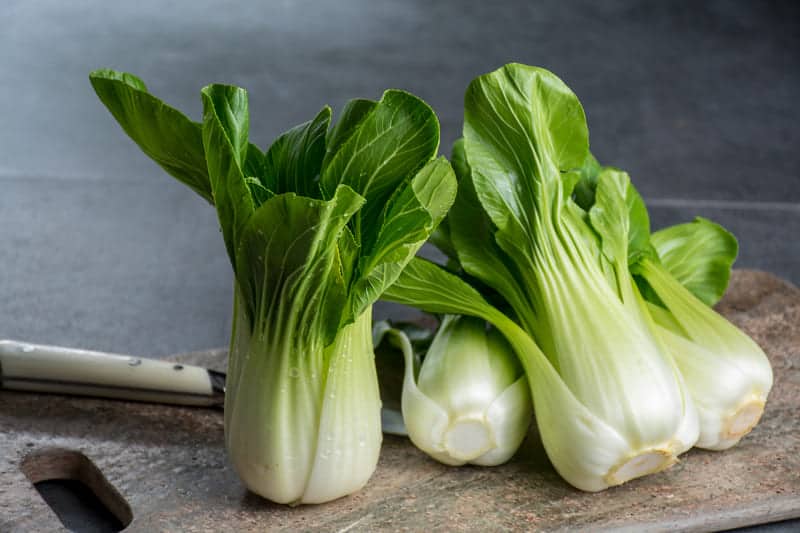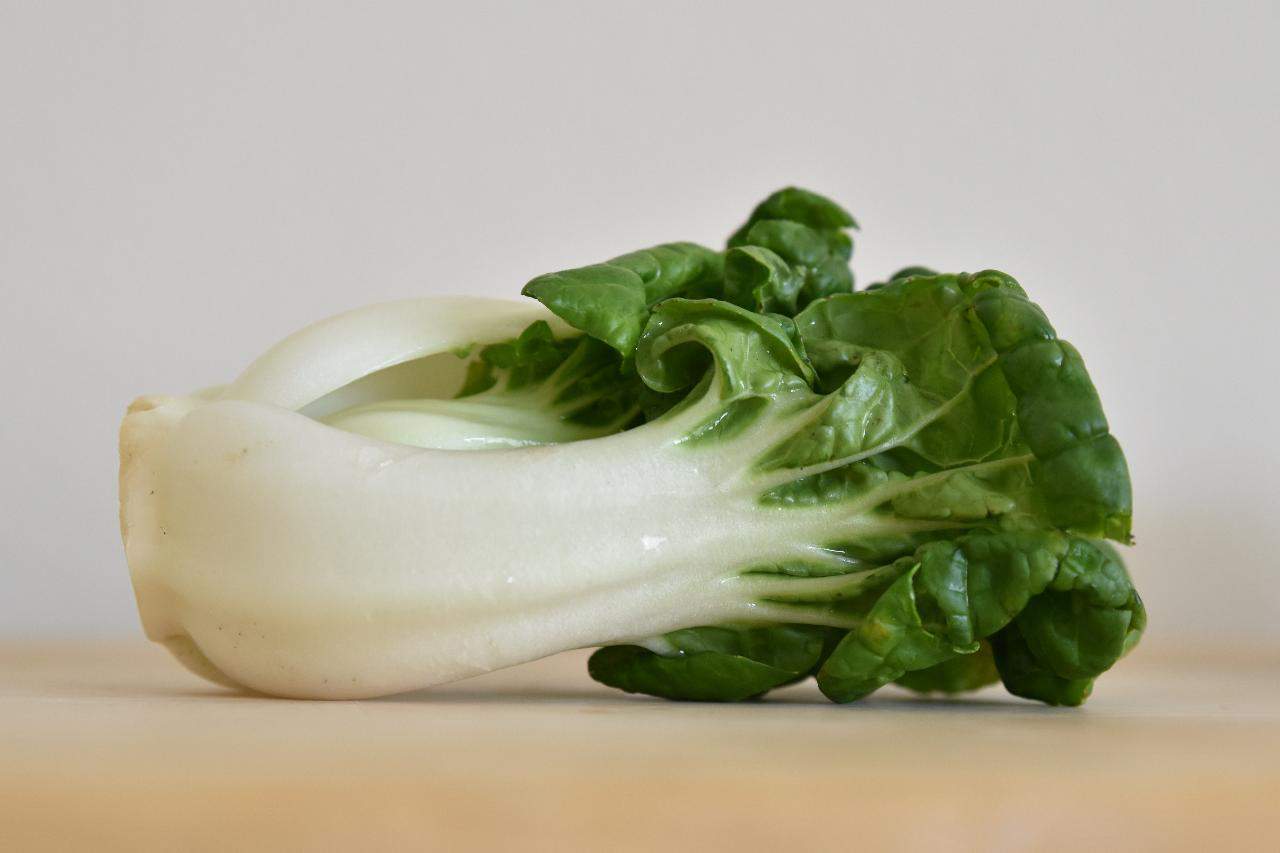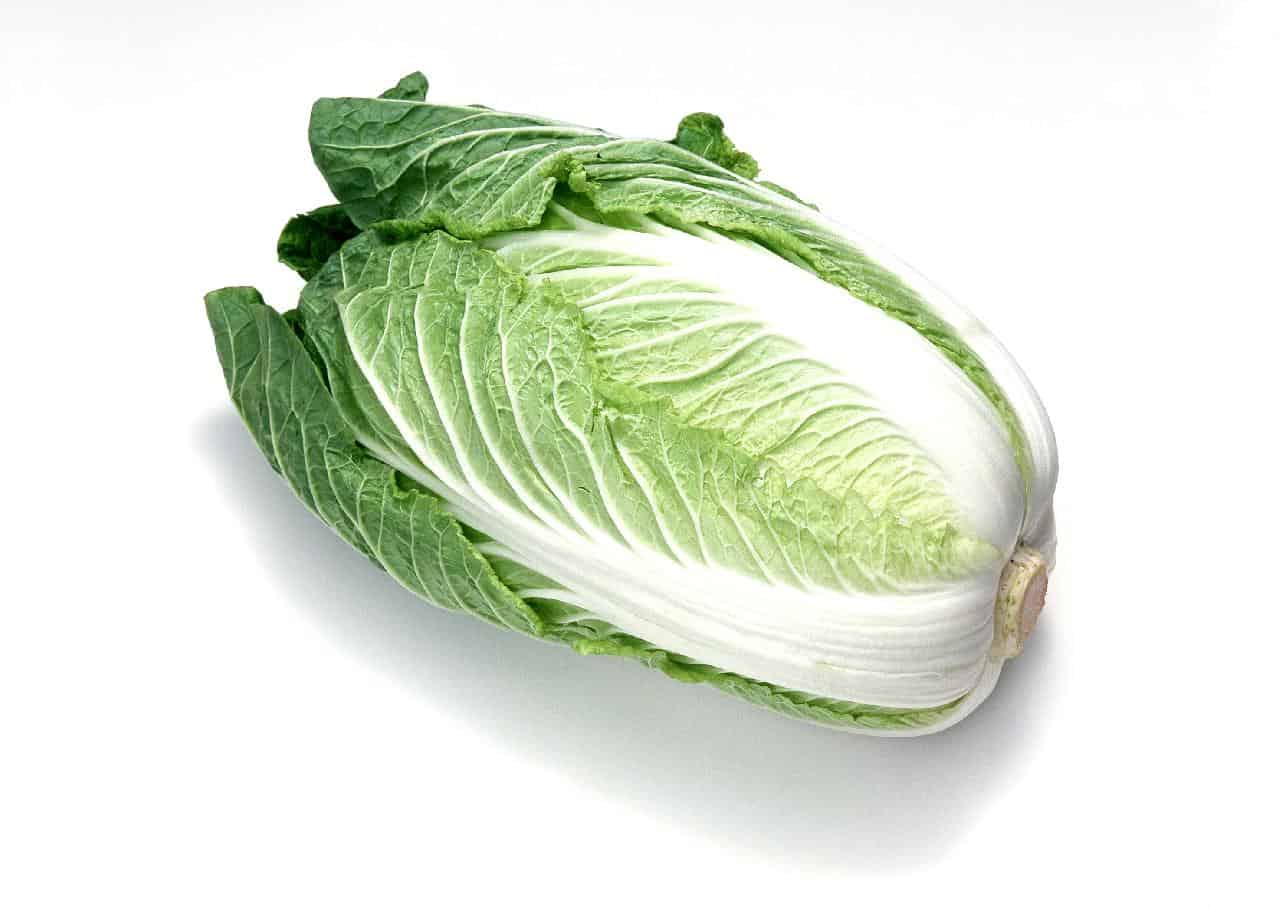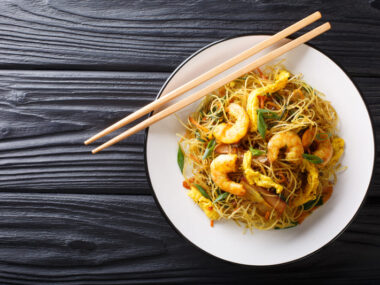You must have heard that some vegetables have different names across the globe. Although confusing, it is a common practice.
Chinese white cabbage is one such vegetable. It has multiple names because people call it differently. The two most used names are Pak Choy and Bok Choy.
Pak Choy and Bok Choy are the same part of Chinese cabbage, but the primary difference between the two is that Pak Choy is a common name for this cabbage in the UK, while in the US, people call it Bok Choy.
Interesting, isn’t it? If you are wondering more about it, continue reading as we answer some more questions and try to clear your doubts.
Pak Choy Vs Bok Choy: Comparison Chart
We have made a table below so that you understand pak choy and bok choy better!
| Characteristics | Pak Choy | Bok Choy |
| Spelling | British spelling | American Spelling |
| Place | The United Kingdom | United States of America |
| Scientific Name | Brassica rapa subsp, Chinensis | Brassica rapa subsp |
Is Bok Choy And Pak Choy The Same?
Bok Choy and Pak Choy are the same vegetables. Pak Choy or Bok Choy is a green leafy cabbage grown in the Asian regions of the Philippines, Vietnam, India, Myanmar, and China.
Apart from this, they are called other names such as Chinese white cabbage, petsay, and white celery mustard. They are small plants that can grow up to 18 inches in height. It has celery-like stalks. At the end of each of these stalks, there is an oval-shaped green leaf attached.
Although produced massively on the Eastern side of the world, the vegetable has made its place on the western side because of its soft and sweet stalks and crunchy texture.
Besides this, pak choy or bok choy are beneficial for your health as well. They are low in calories. Instead, they burn calories and help you lose weight. So, they form an essential part of people’s diet.
Pak Choi or Bok Choy is rich in Vitamin C which fight diseases and builds a strong immune system. Additionally, it has Vitamin-A, iron, calcium, Vitamin K, and Vitamin B.
In general, pak choy or bok choy is a healthy vegetable that you can easily add to your noodles, rice, ramen, soup, prawns, salmon, etc. Or stir fry them in garlic and soy sauce, add some sesame seeds and make a hearty dinner!
Can You Substitute Pak Choy For Bok Choy?
Since pak choy and bok choy are the names for the same vegetable, you cannot substitute them for each other. We know, at times, it is not easy to find bok choy near your house. Below is a list of 6 possible substitutes for pak choy or bok choy so definitely take a look!
Also Check: 12 Best Bok Choy Substitutes
1. Baby Spinach
Baby spinach is the younger spinach harvested just after 15-30 days of planting. For this reason, the spinach leaves are way more tender and sweet than mature spinach.
Hence, the taste of baby spinach leaves and bok choy leaves is almost the same.
2. Cabbage
Cabbage is a red, white, or green leafy vegetable rich in nutrients just like bok choy. It is called the superfood because it can prevent harmful effects of radiation, and cancer, and decrease the risk of obesity and diabetes.
Although cabbage does not have a similar taste and texture to bok choy, it can still be added to recipes that call for bok choy. Just remember that cabbage will add a pinch of peppiness to the dish.
3. Swiss Chard
Swiss Chard is a green leafy vegetable with huge red stalks. It is a member of the beet family. Just like bok choy, swiss chard is rich in Vitamin K and Vitamin A.
Since the texture of the two leaves is similar, you can add swiss chard to salads in place of bok choy or stir fry it. The best thing is it will add a nice red color to your food.
4. Leek
Leek is a bundle of leaf sheaths that is closely related to garlic, onion, shallot, and scallion. Thus, they give a sweet and onion-kind of flavor to any dish once cooked properly.
So, if you are struggling to find bok choy, you can add leek to the dish for similar sweetness. However, do not forget they will add a bit of garlic and onion flavor as well.
5. Kale
Kale is a green or purple leafy vegetable that looks like a bush. It belongs to the family of cabbage and is rich in vitamin A, vitamin K, vitamin B6, vitamin C, and calcium.
You can substitute Kale for bok choy as it has the same bitter taste as a bok choy. It means that the flavor of your dish will remain intact. You can add Kale to any dish cooked or uncooked. But to get the crunchy texture, it is best to use it raw.
6. Celery
Celery is a green vegetable with large stalks and small leaves attached to it. The stalks are fibrous and crunchy just like that of pak choy.
You can use in place of bok choy in raw salads mostly as most people do not like its bland taste. However, if you like celery, you can add it to soups and dips as well.
Difference Between Bok Choy And Baby Bok Choy
In the most simple terms, baby bok choy is a younger version of bok choy.
It is the bok choy that was picked after 30-35 days of seed germination. A mature bok choy, on the other hand, is harvested after 50-70 days of seed germination.
Besides this, baby bok choy has got a milder flavor and small and tender stalks compared to a full-grown mature bok choy. Also, baby bok choy is more leafy and sweet.
You can use baby bok choy just like bok choy in traditional dishes like dumplings, steamed buns, soups, salads, stir fry, stuffing for spring rolls, and potstickers.
Is Chinese Cabbage The Same As Pak Choy?
Pak choy is a subspecies of Chinese cabbage in the Chinensis group.
Therefore, all pak choy is Chinese cabbage but not all Chinese cabbage are pak choy. In other words, they are the same yet different from each other.
Chinese Leaf Vs Pak Choy: What’s The Difference?
In the United Kingdom, napa cabbage is also known as the Chinese leaf. Napa cabbage is a part of the Pekinesis group of Chinese cabbage.
Napa cabbage and pak choy are different from each other in more than one way. Check out the following 6 points so that the next time you go out, you can differentiate between napa cabbage and pak choy!
Also Check: 10 Best Napa Cabbage Substitutes
1. Recipe Methods
Most napa cabbage recipes suggest cooking all parts of the cabbage like leaves and stem together whereas it is better to cook the pak choy stalk and leaves separately as the stalk takes longer to cook.
2. Flavors
Napa cabbage is less flavorful than pak choy. While pak choy has a more bitter taste and strong flavors. These flavors get mild as you cook. On the contrary, napa cabbage adds crispness to the dishes.
3. Color
Napa cabbage has a light green color whereas pak choy is slightly dark green in shade.
4. Appearance
Napa cabbage has broad big leaves which are wrapped around in a cylindrical shape. So, napa cabbage has an observable head. Whereas, pak choy does not have a head. Rather, they form a cluster of leaves.
5. Raw Eating
Napa cabbage can be eaten raw in the form of salads.
Many salad recipes add sliced napa cabbage leaves to enhance the overall flavor and texture of the salad. On the other hand, the pak choy stalks are very fibrous. So, you hardly find them in a raw state.
6. Nutritional Value
Although nutritious, napa cabbage has a lesser amount of vitamin K, Vitamin A, Vitamin C, and fibers in comparison to pak choy.






1 comment
Thank you for the explanation. This is what I was looking for 🙂 I purchased some Tat Soi and Pak Choy seeds for my garden this year in hopes to use as an alternative to cabbage in soups and salads. YUM